Day 7 - Climbing Mount Wakasugi In Sasaguri, Kyushu 108 Temple Pilgrimage, Japan








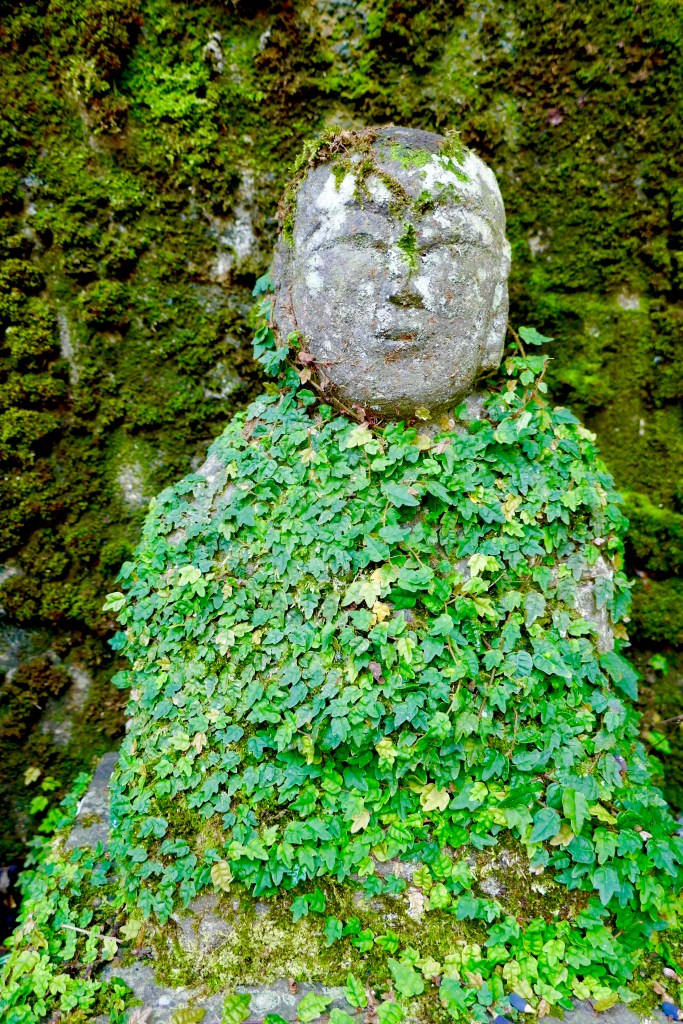
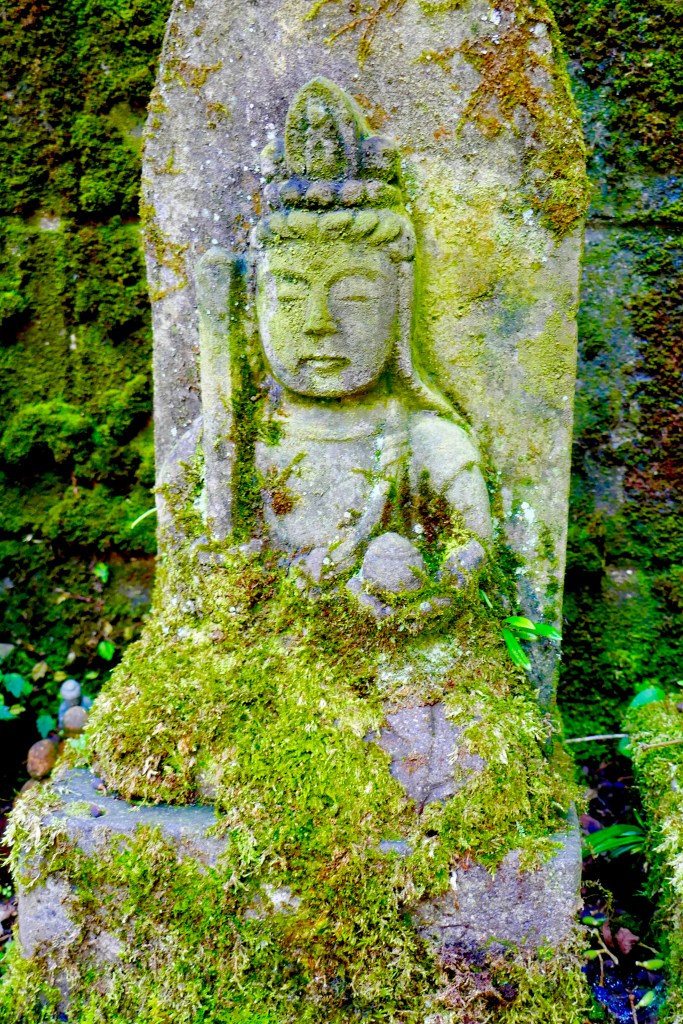






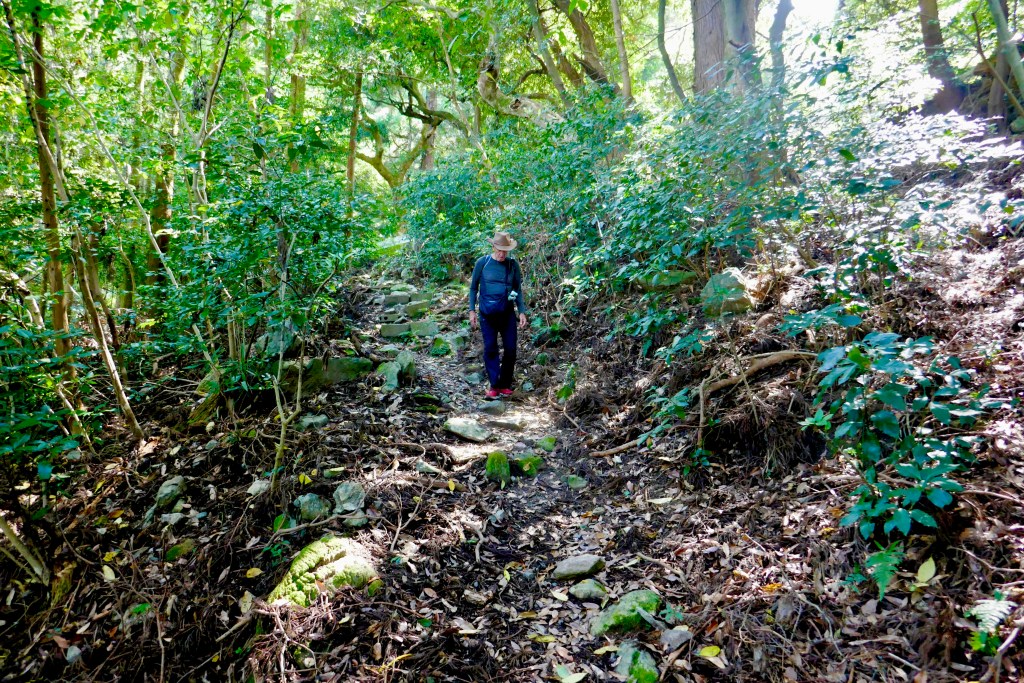

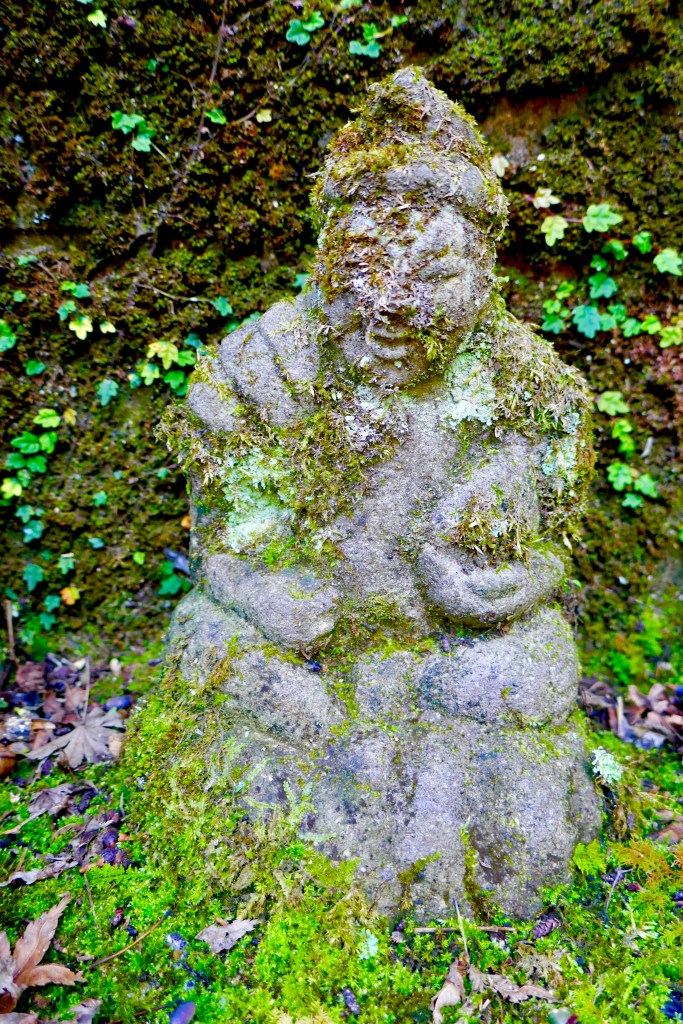






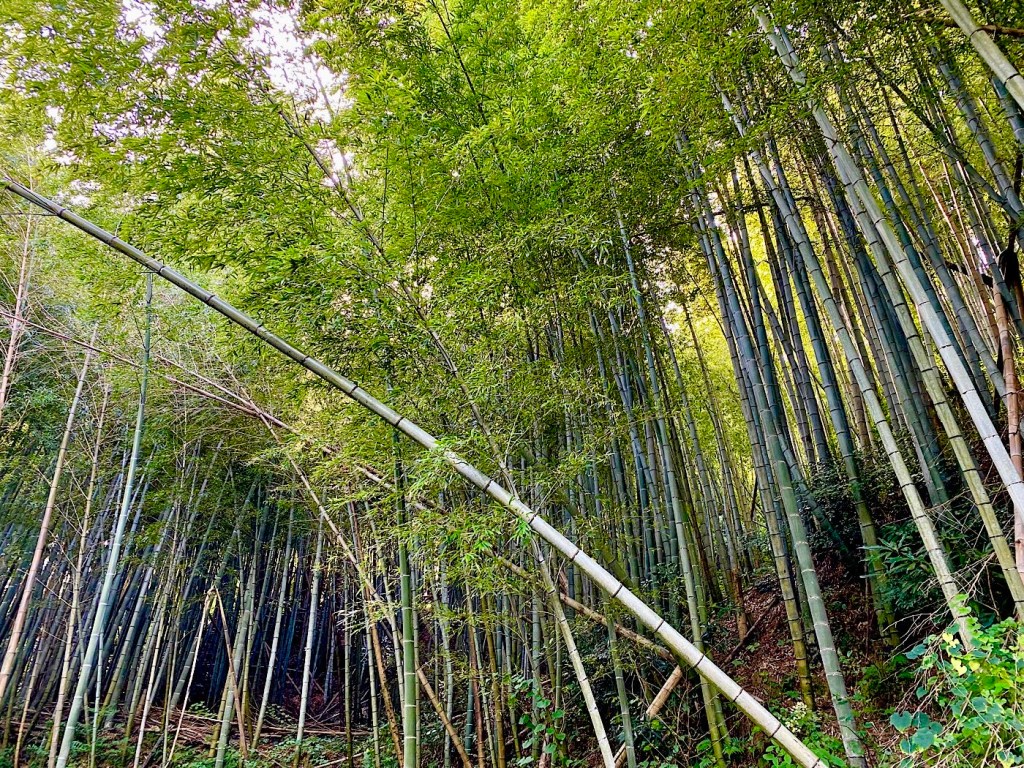










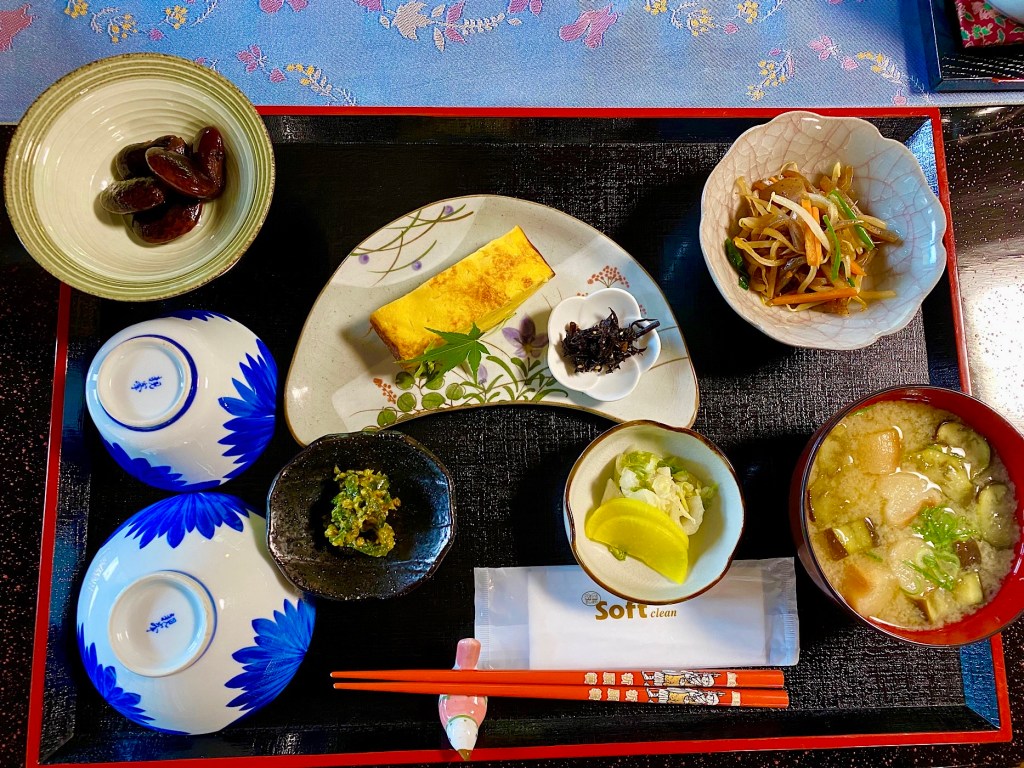


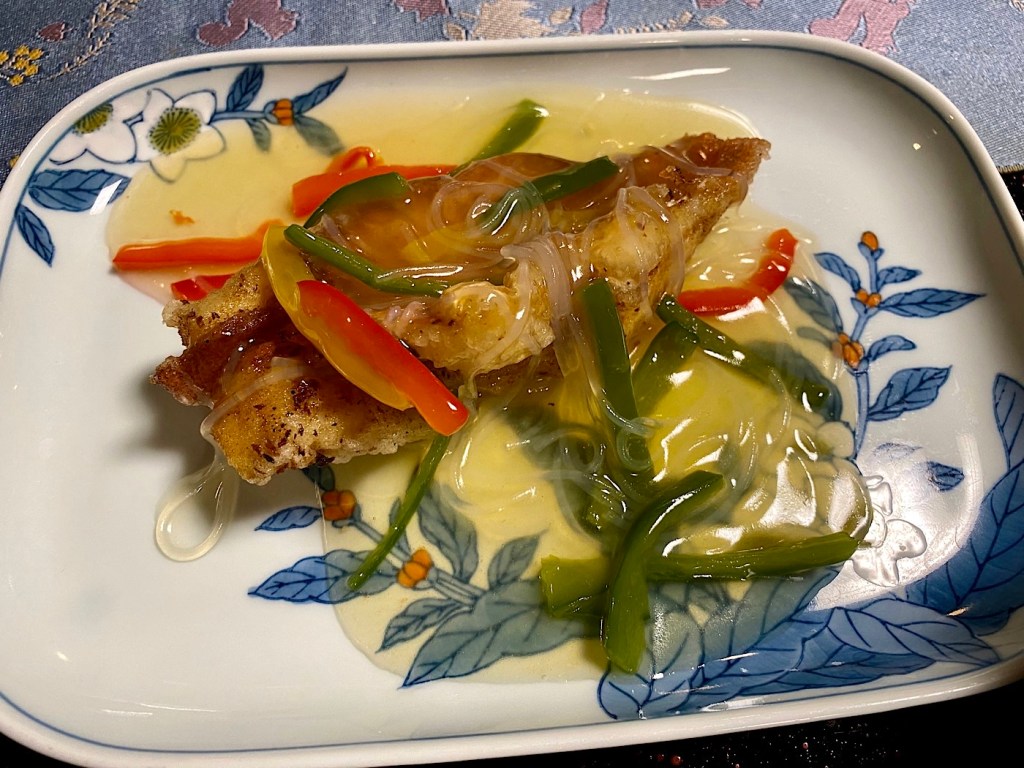








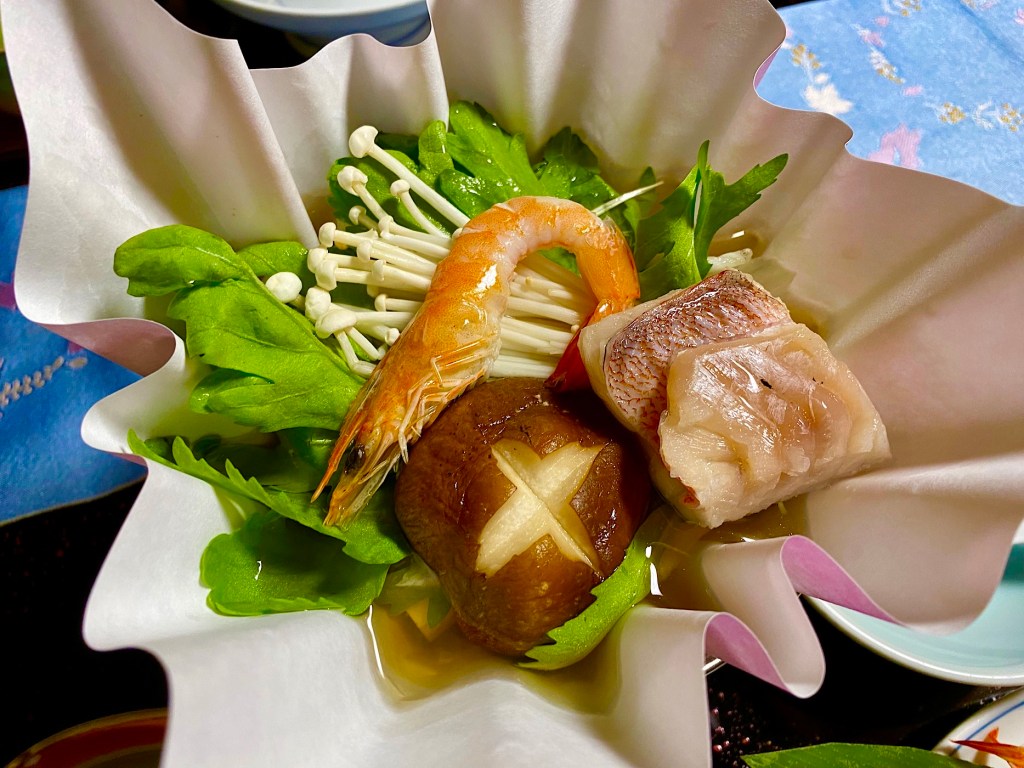
Day 7 - Climbing Mount Wakasugi In Sasaguri,
Kyushu 108 Temple Pilgrimage, Japan
About six years ago, Jules and I walked the Sasaguri 88 temple pilgrimage.
For us, it was a fun and easy experience.
I fell in love with Sasaguri after walking that short pilgrimage.
Located just twenty minutes by train east of Fukuoka city, Sasaguri is a million miles away from the hustle and bustle of Fukuoka.
While Fukuoka is full of wide, busy streets and eateries selling ramen to thousands of tourists led by guides with flags on food trips, Sasaguri is a haven of temples and beautiful nature.
We booked three nights’ accommodation in a traditional inn in Sasaguri.
Our plan was to visit the two temples that we have to see in Sasaguri, located up on mount Wakasugi.
Sasaguri is nestled in a valley surrounded by forested mountains, and the air there is much cooler than in Fukuoka.
For me, it was such a relief from the summer heat, but I can imagine that it feels cold during the winters.
While we stayed the last two nights in the smallest tatami mat room we had ever seen, in this Ryokan we were rewarded with a very spacious tatami mat room, that was designed to fit twenty people.
We spread out the contents of our backpacks, made ourselves some tea and munched on the snacks the lady gave us.
This traditional inn doesn’t have a coin operated laundry machine, but the owner offered to do our laundry for us every night at the end of the day.
The owner said that we looked very familiar to her, and we told her that this is because we had stayed at her Ryokan six years before.
She served us a delicious breakfast on a table in front of an open window where the breeze blew through the maple trees and the wind chimes made soft music.
It was a cool morning that made me optimistic that autumn was indeed coming.
The food was simple but really delicious.
Steamed local rice, miso soup with cubes of pumpkin, which is now in season, grated Mountain potato which is eaten with a little bit of radish and soy sauce, some nori seaweed, pickles, one fried egg and a salad.
We packed a lunch of onigiri rice balls, hot tea, fresh persimmons and some cookies that we were given as gifts in almost every temple we visited.
The walk up the mountain was shaded by the trees of the forest around us.
There were no sidewalks, and the side of the narrow car road was permanently mossy and somewhat slippery.
Cars were coming up and down the narrow road which zigzagged all the way up.
We walked first to the temple higher up the mountain, Temple #89 Taiso-san, Kongo-Choin, but nobody was there to stamp the book and no red ink was left out to do self service.
At least the main hall of the temple was open and we could pray and chant.
We did not light a candle or incense because of the risk of fire if nobody was there.
Temple #89 Taiso-san, Kongo-choin, was built in the year 806 in the same location where Kobo Daishi had his mountain hermitage.
He prayed for the salvation of the nation and for the healing and prosperity of the people.
Finally I saw a sign (written all in Kanji) that said that we can get the stamp at temple #9 Meioin, just down the mountain.
We walked down the mountain to Wakasugi Yama Yorogataki Myooin temple #9.
Mt. Wakasugi is the symbol of Sasaguri.
A waterfall called Yoroga-taki is located at the 4th station of Mt. Wakasugi (681 meters above sea level) which is a famous waterfall with a history stretching back about 1,300 years.
It is said that in in the year 718, Sanzo, a high priest, came here from India.
He climbed Mt. Wakasugi and opened this waterfall, enshrined a statue of Fudo Myoo, and trained here.
Waterfall training meditation, called “Takigyo" in Japanese, is an ancient Buddhist practice in Japan, that is still practiced widely by many throughout the country.
The objective of Takigyo is to cleanse one's mind, body and soul through this strengthening Buddhist purification ritual.
The person stands under a tall waterfall that drops really cold icy waters with really strong force on his head.
Going through the experience will expand your limits, and allow you to go through mental-training and self-discovery.
We have seen a few people doing waterfall practice while we walked the Shikoku 88 temple pilgrimage, but never felt tempted to try it.
In the year 806, when Kobo Daishi (Kukai) returned from China, he also trained at this waterfall.
In the past, there were 108 structures and various halls, like a gold hall, a treasure pagoda, treasure houses, and a bell tower, and the temple prospered.
People were lining up to climb the mountain and worship here.
Many high priests such as Denkyo Daishi (Saichyo), Jikaku Daishi (Ennin), Chisho Daishi, Rigen Daishi, and Jogyo Shojin have visited and stayed to train on this mountain.
At that time, it is said that about 300 monks lived here.
In A.D. 1347, a war broke out in the mountain, and the temple complex was burned to the ground.
The current Kongocho-in Temple was rebuilt in 1942.
The principal image enshrined in the main hall are the Five Great Myoo (Fudo Myoo, the Third Myoo, Gundari Myoo, Daiitoku Myoo, and Kongoyasha Myoo).
In The Goma-do Hall, there are many Buddha statues such as Bishamonten, Aizen Myoo, and in the garden there are the Thirteen Buddhas standing together.
After visiting the temples and thanking the priest for loading us up with tea and cookies, we walked down the mountain.
Giant cedar trees have been standing here for more than 200 years, creating a powerful landscape.
It is called the Yamato-no-Mori Forest, and there are many walking trails for hiking.
We saw a group of hikers who were all dressed in hiking gear, shorts over leggings, t-shirts over long sleeve shirts, hiking gloves, floppy hats, full hiking boots, two hiking poles, and big backpacks full of snacks and drinks.
Every piece of clothing was in a different color, resembling a group of colorful birds, fluttering through the forest.
The forest is home to five giant cedar trees, each protected by a local conservation society.
There is a Two-Pronged Cedar (circumference 691 cm/ height 35 meters,) which was selected for the list of 100 Forest Giants in Japan.
Back in our traditional inn, we bathed, gave the lady our laundry, dressed in over-starched kimonos and went down to enjoy a sumptuous dinner.
Every dish was carefully crafted and prepared.
Wishing you sweet dreams,
Tali
Stats: 27,581 steps
Today’s walk: 18.5 km
Kilometers walked to date: 136.5
Temples visited:
Temple #9 Wakasugi Yama Yorogataki Myooin 若杉山 養老ヶ滝 明王院
Temple #89 Taiso-san, Kongo-Choin 太祖山 金剛頂院